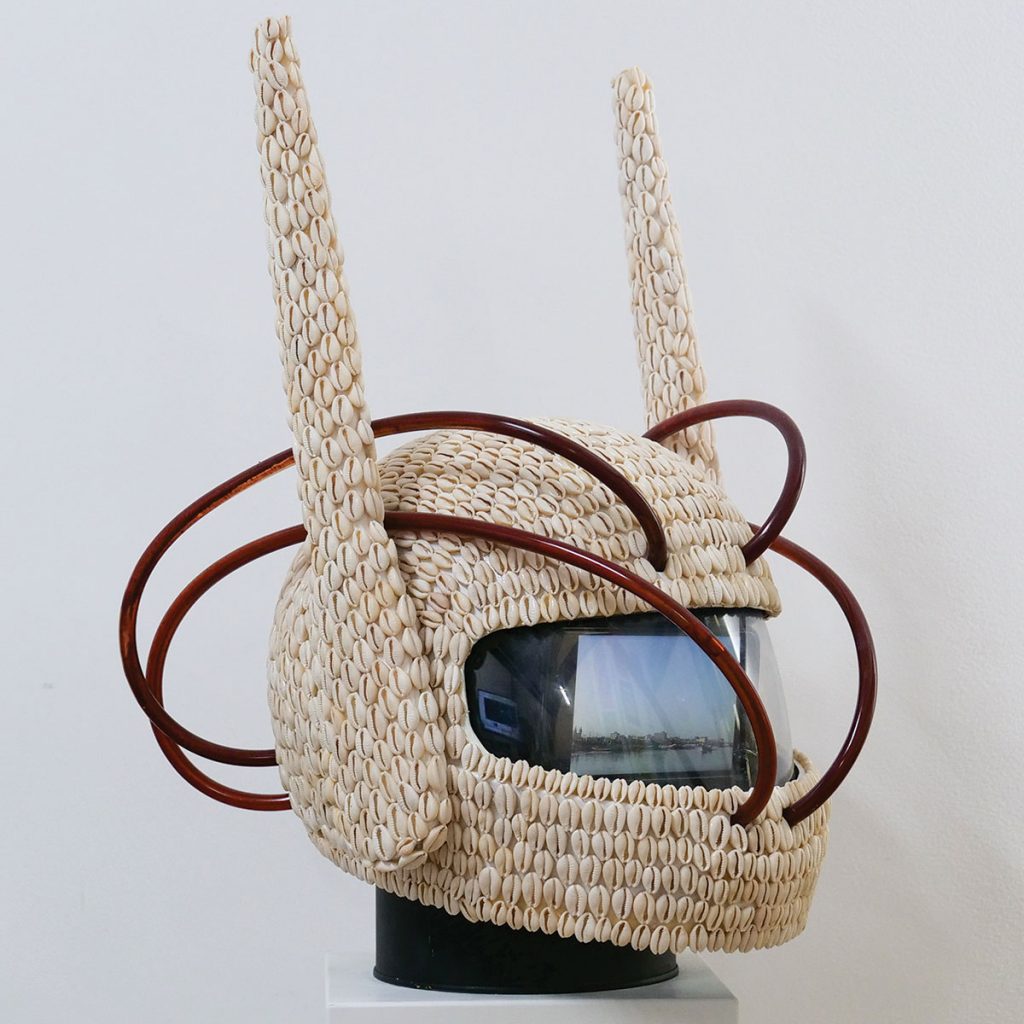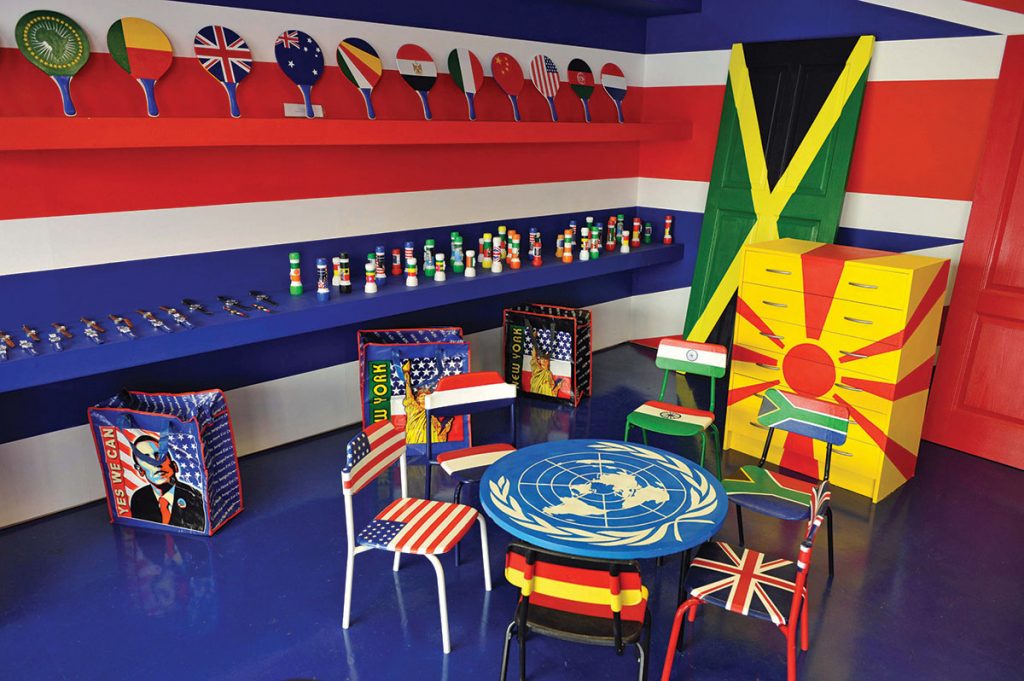From Restitution to Revelation
Beninese Art
Benin has had a long history of art making, although the guilds of bronze casters and ivory carvers were formed to facilitate the making of art for royalty, for the king who was the head of the kingdom.
When we see that within the past thirty years Benin emerged as one of the most productive artistic sites across west Africa, it comes as no surprise. We have been seeing quite a few Beninese artists like Meschac Gaba, Georges Adéagbo, Leonce Raphael Agbodjelou, Romuald Hazoumè and Dominique Zinkpè exhibiting in the international scene.
Dominique Kouas, Calixte Dakpogan and Cyprien Tokoudagba started engaging with the contemporary art scene whilst still holding on to tradition, but they paved the way for other artists who broke away from convention. Between 8 November 2012 to 13 January 2013, two contemporary art biennials centred on the exact same theme, took place simultaneously in Benin, gaining further attention to the country’s art scene.

Photo by Nolwennlaureg, CC BY-SA 4.0 via Wikimedia Commons
Recently, between 18 January and 15 May 2023, we saw a contemporary show of Beninese art hosted by the National Foundation of Museums (FNM) at the Mohamed VI Museum in Rabat, Morocco. This came after the success of the original exhibition-event titled “Art of Benin of yesterday and today: from Restitution to Revelation” held at the Palais de la Marina in Cotonou, Benin which was rather a diptych exhibition presenting both classical and contemporary art. Twenty-six royal treasures returned by France after one hundred and thirty years were exhibited together with one hundred and six contemporary artworks by thirty-four Beninese artists. The exhibition in Morocco only featured the contemporary works which were presented in a diversity of forms, showing the vitality and intensity of the creativity of the visual arts scene in Benin.

Photo credit- Julian Stallabrass, via Wikimedia Commons
In this exhibition, artists from different backgrounds express their vision of contemporary Benin and their desire to re-explore legacies making up their rich traditional past. Each of the artists exhibiting are seen to develop on the themes and materials used in making up the three chapters of the exhibition, which are Recurrence-Variations of the Sacred and Divine, Transition(s) and Transgression-Hybridization. The theme of Recurrence-Variations of the Sacred and Divine was touched upon by the artists Cyprien Tokoudagba, Yves Appolinaire Pede, Kiffouli Dossou, Ludovic Fadairo, Dominique Gnonnou Kouas, Euloge Ahanhanzo- Glele and Epaphras-Degnon Toihen. Dominique Zinkpe, Ishola Akpo, Moufouli Bello, Laeila Adjovi, Remy Samuz, Julien Sinzogan, Francois Aziangue, Youss Atacora, Edwige Aplogan, Eliane Aisso, Nathanael Vodouhe, Tchif and Thierry Oussou had their work focusing on Transition (s). The last batch of artists worked on the theme ‘Transgression Hybridation’ and these artists included Georges Adeagbo, Senami Donoumassou, Sebastian Boko, Gerard Quenum, Dimitri Fagbohoun, Emo de Medeiros, Romuald Hazoume, King Houndekpinkou, Meschac Gaba, Ponce Zannou,Louis Oke Agbo, Eric Mededa, Nobel Koty and Charly D’Almeida.
With African nations increasingly represented and the Venice Biennale, it is of no surprise that the Republic of Benin is the latest country to announce its debut participation in the upcoming 60th Venice Biennale, taking place from the 20th of April to the 24thof November 2024. It will be curated by the founder of the Lagos-based non-profit African Artists’ Foundation, Azu Nwagbogu and assisted by Yassine Lassissi, artistic director of Lagos’s La Galerie Nationale du Bénin, and architect Franck Houndégla. Although the project to be presented at Benin’s pavilion is still unknown, we know that Nwagbogu’s belief on restitution and repatriation is well aligned with the agenda of the Benin government which resulted in the return of the twenty-six artefacts looted by France one hundred and thirty years ago. We eagerly look forward to this.

Photo by Adoscam, CC BY SA 4.0 via Wikimedia Commons









